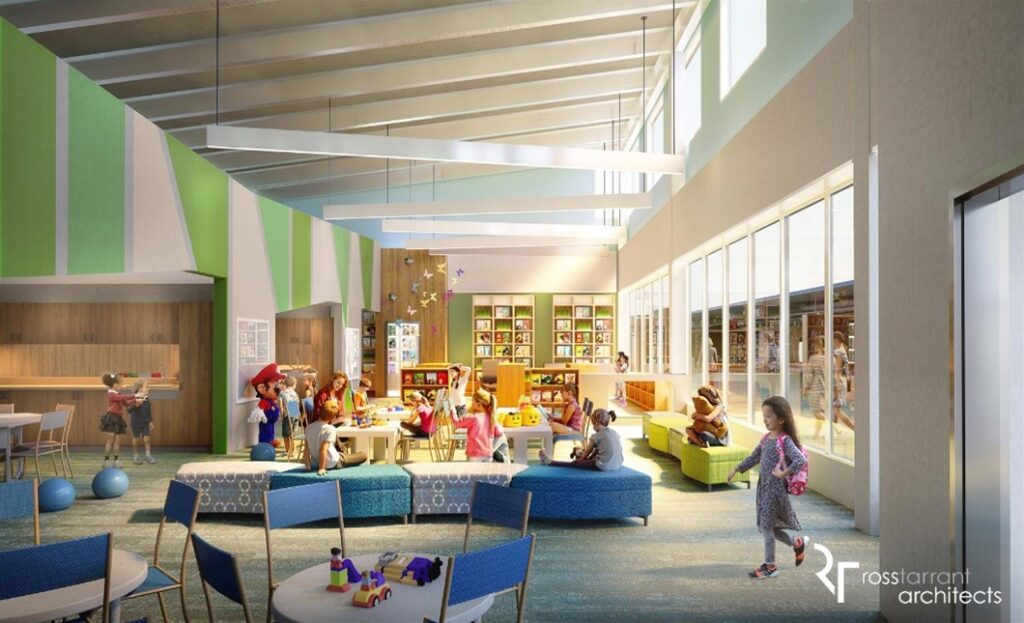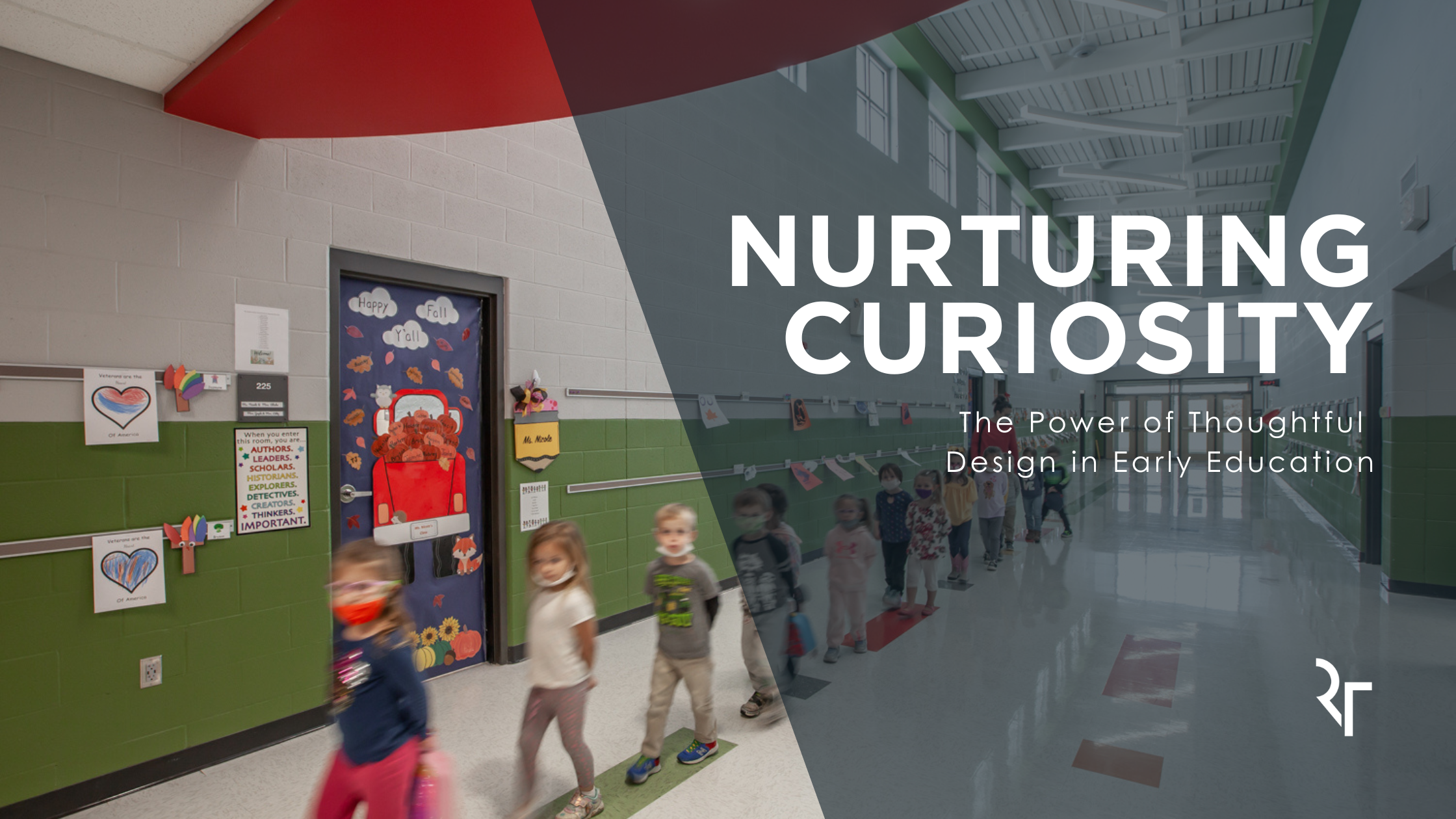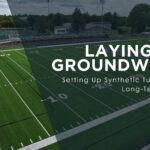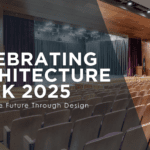Early learning spaces play a vital role in supporting young children’s curiosity, social development, and love of exploration. Thoughtfully designed environments for young learners should not only be sized to accommodate them but also spark imagination, foster independence, and encourage interactive play. These elements combine to create spaces that feel safe, engaging, and enriching for growing minds.
Play-based learning environments help children develop essential skills through movement and discovery. Open, adaptable areas, both indoors and outdoors, allow children to explore freely and engage in both active and quiet play. For example, the currently under-construction Clark County Preschool is designed around small learning communities that surround shared play and learning areas, providing flexible spaces where young students can explore safely and collaboratively.

Creating a sense of community within early learning spaces is essential for young children as they begin to form relationships and learn cooperation. By clustering small groups of classrooms around shared areas, children and teachers can form close connections within smaller, manageable groups. These community-focused spaces support collaborative activities, giving young learners a foundation in teamwork and social awareness.
Early childhood learning environments prioritize accessibility, exploration, and community spaces create enriching experiences for young students. Intentional designing of these spaces can set the stage for lifelong learning by making education feel natural, inviting, and relevant to the world around them.






